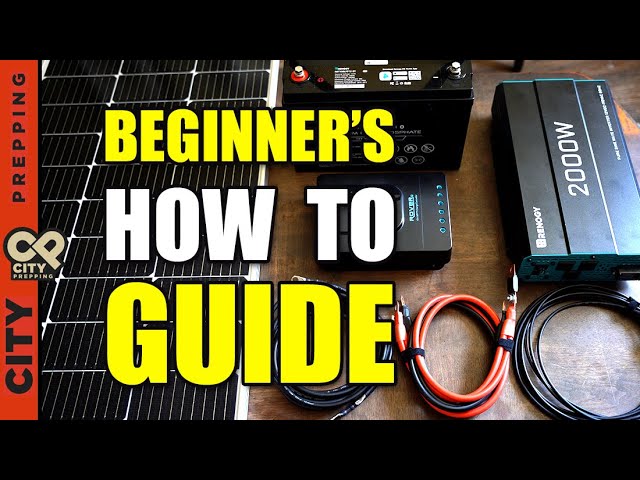
Introduction
In today’s world, where sustainability and renewable energy sources are becoming increasingly important, learning about solar power is a valuable skill. Building a DIY Solar Charger for Educational Purposes is not only a fun and educational project but also a practical way to harness the power of the sun to charge your devices.
Materials Needed
Before diving into the construction process, it’s essential to gather all the necessary materials. You will need:
- Solar panel
- Charge controller
- Rechargeable battery
- USB ports
- Wires and connectors
- Soldering iron
- Enclosure box
Construction Process
Step 1: Mounting the Solar Panel
The first step in How to Build a DIY Solar Charger for Educational Purposes is to mount the solar panel on a sturdy surface where it can receive maximum sunlight. Ensure that the panel is securely attached and facing the sun.
Step 2: Connecting the Components
Next, connect the solar panel to the charge controller, then connect the charge controller to the rechargeable battery. Make sure all connections are secure and insulated to prevent any short circuits.
Step 3: Adding USB Ports
Install USB ports to the system so that you can easily plug in your devices for charging. Ensure the ports are compatible with the devices you intend to charge.
Step 4: Testing the Solar Charger
Before sealing the components in the enclosure box, test the solar charger to ensure that it is working correctly. Place it in direct sunlight and check if the connected devices are charging efficiently.
Benefits of Building a DIY Solar Charger
There are several benefits to Building a DIY Solar Charger for Educational Purposes. Firstly, it provides hands-on experience with renewable energy technology, making it an excellent educational tool. Additionally, it promotes sustainability and self-sufficiency by harnessing solar power for everyday use.
Educational Applications
Building a DIY solar charger can be a valuable educational tool in various settings. In schools, it can be used to teach students about renewable energy, electricity, and circuitry. It can also be a great way to engage students in hands-on STEM (science, technology, engineering, and mathematics) projects.
Conclusion
As we move towards a more sustainable future, understanding and harnessing the power of solar energy is crucial. Building a DIY Solar Charger for Educational Purposes not only allows you to charge your devices using clean energy but also provides a valuable learning experience. So, gather your materials, follow the steps outlined above, and embark on this exciting and educational DIY project!

